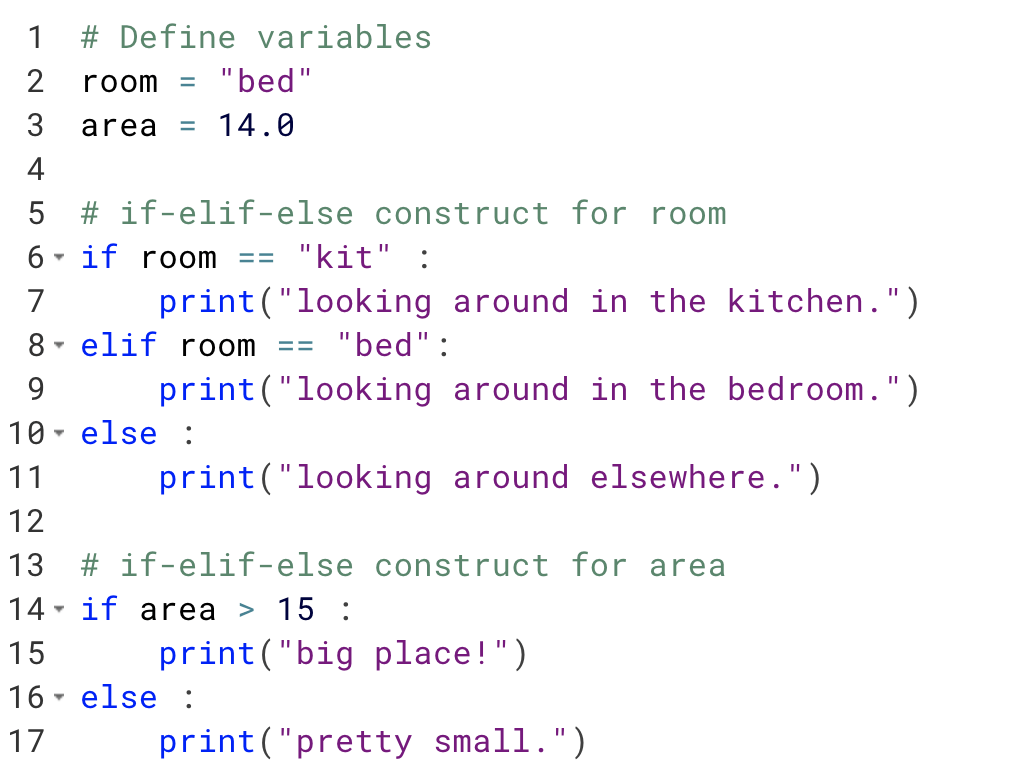

We get all the values in the array ar that are not equal to 3. # values in array that are not equal to 3 To get all the values from a Numpy array that are not equal to a given value, filter the array using boolean indexing.įirst, we will specify our boolean expression, ar != k and then use the boolean array resulting from this expression to filter our original array.įor example, let’s get all the values in the above array that are not equal to 3 (k = 3). Step 2 – Filter the array using a boolean expression Here, we used the numpy.array() function to create a one-dimensional Numpy array containing some numbers. Step 1 – Create a Numpy arrayįirst, we will create a Numpy array that we will be using throughout this tutorial. Let’s now look at a step-by-step example.


Thus, first, filter the Numpy array to contain only the values that are not equal to the given value and then find its length to get the required count. Calculate the length of the filtered array from step 1.Use boolean indexing to filter the array for only the values that satisfy the condition.In general, to find the count of values in a Numpy array that satisfy the given condition, you can – Steps to get the count of all the values not equal to k in a Numpy array
#PYTHON NOT EQUAL HOW TO#
If one of the inputs is a multidimensional raster and the other input is a constant, the operator will perform the operation for all slices for all variables against the constant value, and the output will be a multidimensional raster.In this tutorial, we will look at how to count the values in a Numpy array that are not equal to a given value (let’s say k) with the help of some examples. If both inputs have one variable but different names, set the matchMultidimensionalVariable geoprocessing environment to False to perform the operation. The variables in the inputs must have same dimensions or common dimension but no uncommon dimensions. If both inputs are multidimensional rasters with same number of variables, the operator will perform the operation for all slices with same dimension value, and the output will be a multidimensional raster. If one of the inputs is a multiband raster and the other input is a constant, the operator will perform the operation against the constant value for each band in the multiband input, and the output will be a multiband raster. The number of bands in each multiband input must be the same. If both inputs are multiband rasters, the operator will perform the operation on each band from one input, and the output will be a multiband raster. If both inputs are single-band rasters, or one of the inputs is a constant, the output will be a single-band raster. The order of the input is irrelevant for this operator. Two inputs are necessary for the evaluation to take place.

For more information, see complex statement rules section of Build complex statements. To avoid this potential problem, use appropriate parentheses in the expression so that the execution order of the operators is explicitly defined. When multiple Relational and/or Boolean operators are used consecutively in a single expression, in some cases, it may fail to execute. To change the order of execution, use parentheses. Therefore, when Boolean operators are used in the same expression as Relational operators, the Boolean operators will be executed first. You can use parentheses to control the execution order.īoolean ( ~, &, ^, |) operators have a higher precedence level than Relational (, >=, =, !=) operators. For more information, see the operator precedence table in Work with operators in Map Algebra. The operator with the highest precedence value will be executed first. When multiple operators are used in an expression, they are not necessarily executed in left-to-right order. However, if all inputs are numbers, the result is a number. When using an operator with a raster input, the result will be a raster. Returns 1 for cells where the first raster does not equal the second raster and 0 for cells where it does.


 0 kommentar(er)
0 kommentar(er)
